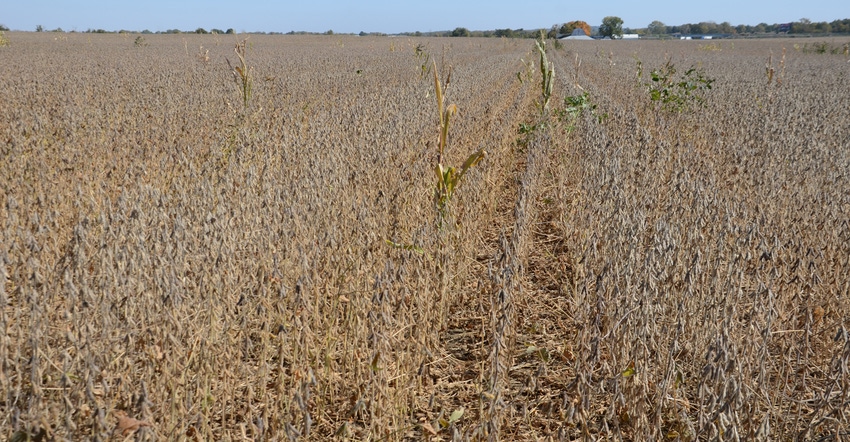November 21, 2022

I would have to borrow more money to put the crop out in ’23 — even more than in ’22. I could get the money, but I don’t like racking up debt. Does it make sense to change my cropping rotation from 50-50 to two-thirds beans so I don’t borrow as much?
The Profit Planners panelists include David Erickson, farmer, Altona, Ill.; Mark Evans, Purdue Extension educator, Putnam County, Ind.; Jim Luzar, retired Purdue Extension educator and landowner, Greencastle, Ind.; and Steve Myers, farm manager with Busey Ag Resources, LeRoy, Ill.
Erickson: You need to develop detailed budgets for your cropping options. Be sure to include all costs, especially additional interest costs, when making your evaluations. If the economic return for a cropping option is an advantage, then borrowing additional operating cash should not be your limiting factor. Share your crop budgets with your trusted lender and listen to the advice provided. Ultimately, your decision should be based on best projected return per acre.
Evans: Conduct your crop budgets to make decisions based on projected crop prices and your input costs. It may make more sense to utilize cover crops, selecting species to produce nitrogen and scavenge nutrients. A cover crop can act as a pseudo crop rotation. Depending on where you are located, perhaps double-cropping beans with wheat would help your rotation scheme. Corn after corn and beans after beans certainly have hidden costs. Plus, those rotations often limit yield potential.
Luzar: This is a great example of how enterprise budgets can assist with crop selection. Yes, the corn budget for 2023 looks ominous with high nitrogen prices. By completing your enterprise budgets carefully and looking at projected net returns with clarity, you can make optimal acreage adjustments. Work with your agronomist to determine how much yield penalty to assign to second-year soybeans. Factor in changes in pest management.
Address the potential impact of increased input costs on cash flow management and borrowing capacity. Your aversion to “racking up more debt” is worth examining. You indicate that you can borrow more for your operating line. Are there financial constraints that make more borrowing less desirable? Do you have a self-imposed credit limit? Is financial stress weighing on your decisions? If you can net more income by borrowing more, you should have more confidence in staying with your rotation.
An appointment with your lender would be time well spent. Review budgets and determine how much additional borrowing will be required. Discuss how the marginal increase in borrowing will impact your financial situation. If you borrow funds from a lender who cannot provide this support, seek out a financial consultant who can review your finances objectively. Make decisions that mitigate personal stress, not accentuate it!
Myers: I would suggest an enterprise budget for each crop, one for corn and one for soybeans. This budget would take into account all income and expenses related to each specific crop, including but not limited to fertilizer, seed, pesticides, insurance, machinery, drying and storage. See where each commodity shakes out on a per-acre basis, and make the call with the best information you can assemble. Also consider potential yield drag or benefits to current rotations or potential rotations.
You May Also Like




